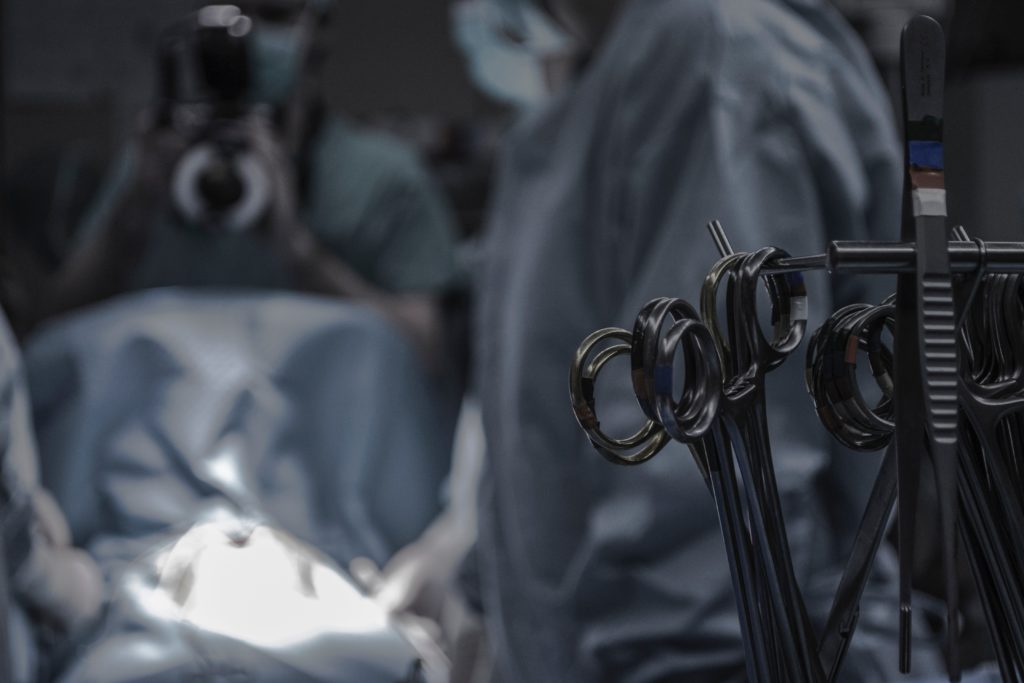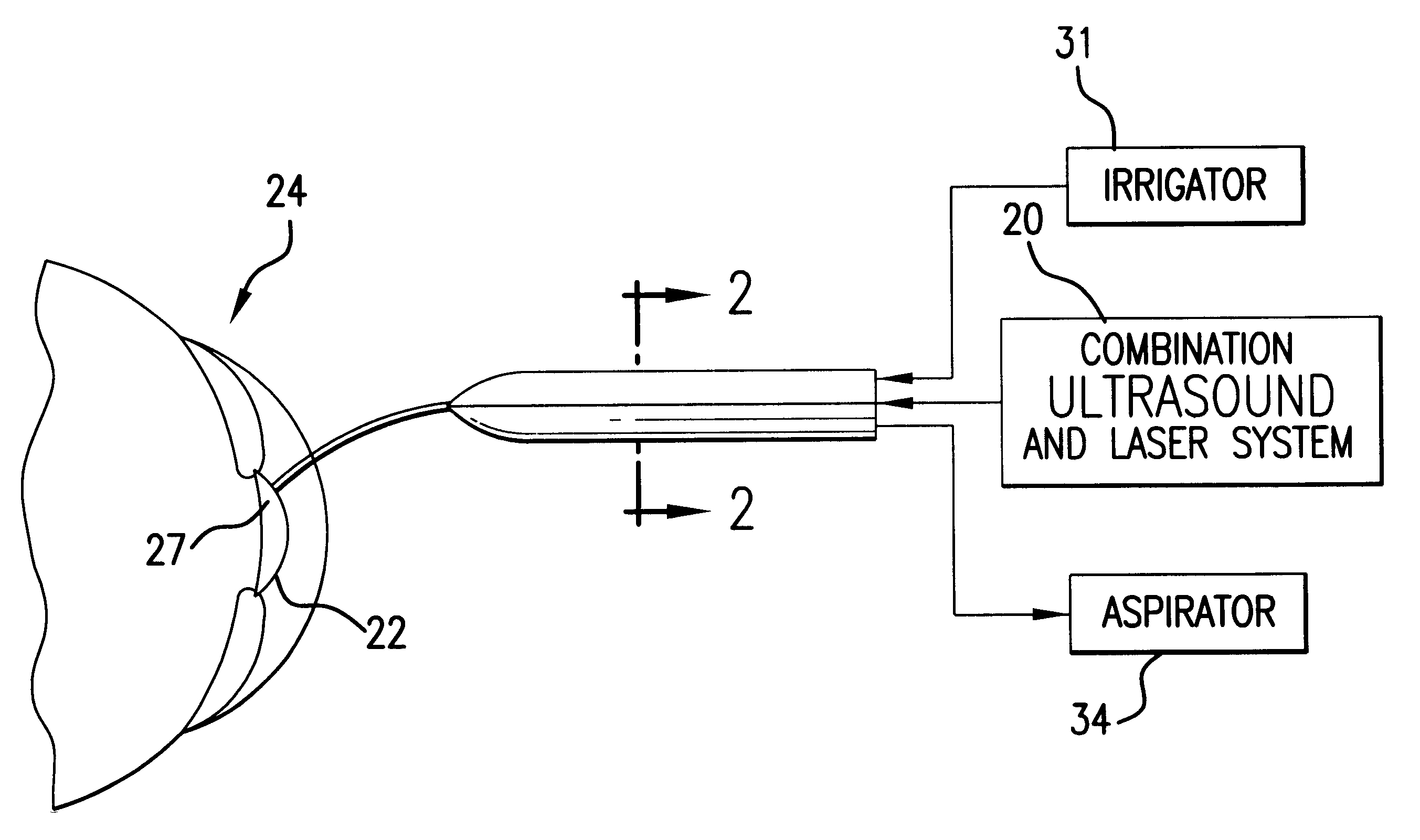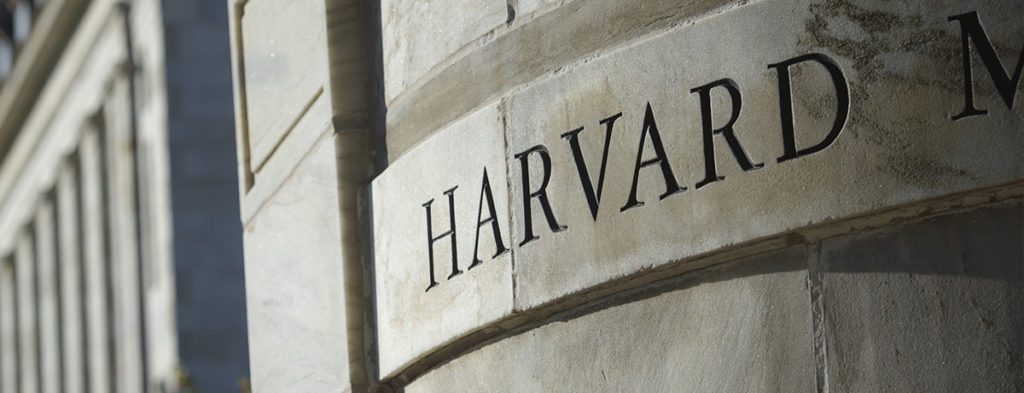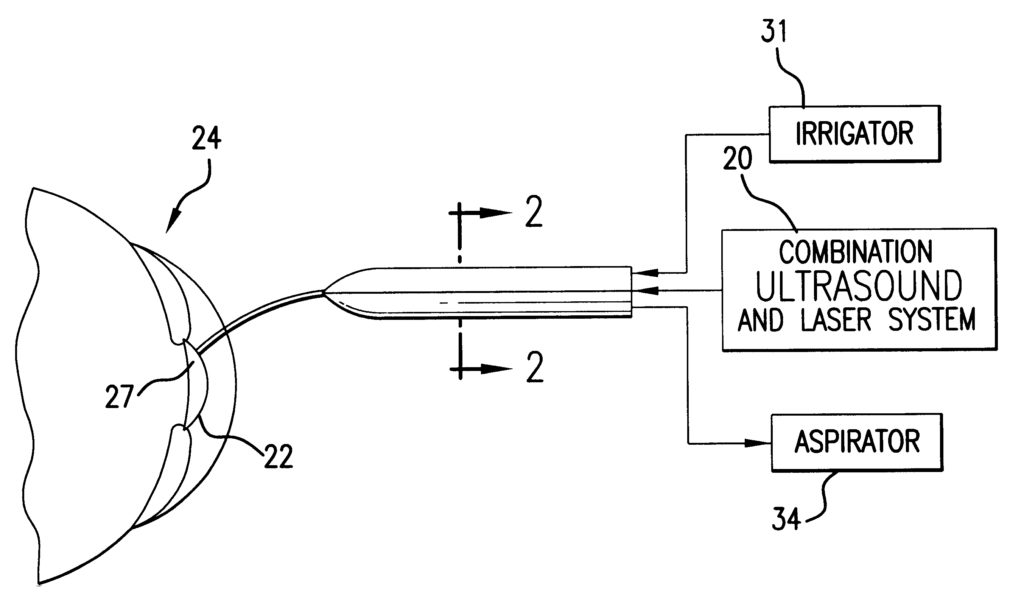Or listen in your favorite podcast app
Apple Podcasts / Google Podcasts / Spotify
—
The Story is brought to you exclusively by Salesforce, a company that is committed to building a path toward Equality For All.
—
He was trying to stop himself from falling asleep.
A voice in the distance kept repeating the same thing…
“Please try to relax.”
His memory was foggy.
“Where… where am I…?” he mumbled.
“Relax; you’re falling asleep,” said the doctor. “It’s okay if you want to rest a moment.”
He sank back in the bed, and it all came rushing back to him.
His mind revolted. It wasn’t a dream.
He was at the hospital in Los Angeles because he consented to a new, experimental surgery.
The procedure, and the machine that performed it, had never been tested on a real patient.
And on top of it all, his doctor was extremely young – and a woman. He was frightened. The young doctor reassured him that everything would be ok.
“The anesthesia is working, and you’ll be asleep in a moment.”
He prayed that she knew what she was doing.
Patty looked down at the man who was now completely unconscious. It was the most nervous she had been in her entire life.
The promise she swore to ‘Do no harm’ echoed in her mind.
Countless years of research led to this moment — and now it was time to begin the surgery.

The nurse had both of the man’s eye-lids held back.
Patty thanked her, examined her machine, and went to work.
Forty years ago, Patty was just a young girl trying to figure out how to survive in the world. She grew up in Harlem, battling sexism, poverty, and racism.
At first, school was difficult. Most of her teachers disregarded or didn’t notice her talents. Or maybe it was because Patty didn’t look how they thought gifted people should look.
But eventually, through her work, all of her teachers were forced to admit the truth.
Patty was gifted. Moreover, science, technology, engineering, mathematics, and art all delighted the young girl.
Soon a family member took notice and gave her a microscope set as a gift. Now armed with a real technological tool, her superpowers began to grow.
She would use the microscope for hours at a time. Everything went underneath the magnifier. Lint, clothes, dust, liquids, you name it — she studied all of it.
Soon, school became easy, and she received her high school diploma in just two and a half years.
Before she left high school, she applied for a National Science Foundation scholarship. She won the scholarship and grant by proposing that stress and nutrition played a serious role in the cause and cure of cancer. In high school, most of us are fighting hangovers, learning how to drive, or trying to fly under the radar. Patty was decades ahead of her time and already at odds with the medical establishment. It wasn’t until very recently that most doctors would begrudgingly admit that nutrition and stress could contribute to, or alleviate, disease.
Her research was immediately noticed by her professors in college. She would go on to complete her BA in Chemistry. At that time, black women were rarely accepted into medical schools, and even if she could gain acceptance, her family couldn’t afford to pay for it. But she applied, got accepted, and paid her own way through school. Patty attended Howard University’s medical school, where she received her doctorate in 1968.
During those years, the Civil rights movement was in full swing. While she was at Howard, President Lyndon B. Johnson delivered a speech where he outlined his plans for civil rights legislation. Chaos swirled around her, and despite it all, Patty managed to stay laser-focused on science.
After graduation, Patty found herself alone. There were no mentors rushing to help. She had to forge her own path. But there is opportunity in alienation. Yes, she was alone, but being alone gave her the freedom to create. She had the space to imagine possibilities that others who were distracted could not.
Now that she was out of medical school, it was time to pick a specialty. She was always interested in medicine, but she wasn’t sure what branch she wanted to devote her life to.
She thought back to a summer trip she went on to Yugoslavia. There, she noticed that racial minorities and the poorer populations were not receiving eye care. The higher incidence of blindness in those people was disturbing. She had overcome discrimination and poverty, but these people had it far worse.
In that moment, she made her decision and found her mission.
Patty was going to do the impossible — figure out how to give blind people sight.
When she returned to America, she convinced her professors at Columbia Medical School to subsidize eye surgery for certain blind patients. Now, during her residency, she had the budget for all the surgeries she needed.
Over the next decade, she would work and struggle to learn everything she could about eye surgery. She knew that if she really wanted to solve blindness, she needed to pick out a niche as a starting point.
Her thoughts turned to one of the oldest eye problems: cataracts. Soon, she fell down the rabbit hole and became obsessed. This was the starting point where she could attack the problem.
It took a full five years of research, countless prototypes, and many tests before it was ready for real-world use. It took all of her savings, nights, and weekends, but she put it all on the line and built her vision. Back in those days, there wasn’t a venture capital industry to place bets on ambitious geniuses. Few people knew how to start a business, let alone invent a new machine, procedure, or technology…
Years passed, and her efforts took her all over the world. From Columbia Medical School, to Berlin, to Washington D.C. and back to Los Angeles.
Now her forty years of sacrifice and struggle came down one moment.
Patty glanced at her machine and the patient in front of her on the bed. She smiled. In another time and place, he could have been one of the men who told her she should leave the field. Now she stood over him and reassured him.
The man began to roll around as the anesthesia gradually lifted.
He continued to wonder if he would be okay.
He wasn’t the only one.
Patty carefully removed the gauze around his head and eyes.
She knew the man was frightened of the machine she had created. He came to her as a last resort, and she knew he was still wondering if he should have gone with the other doctors.
She began speaking to calm him down.
“…the old way of performing this procedure is painful and not very accurate. We have to cut into your eye and manually grind away the cataract. But what I’ve invented is a more precise and less painful way of doing this procedure. Instead of a manual grinding process, we make a microscopic incision and use a laser to vaporize the cataract, then wash the eye and remove any excess fluid and material all in one fell swoop. We then insert a new lens, letting you see like new again. This is what will help you see again…”
He wanted to believe her, but he had been blind for thirty years. His friends and family told him not to try a new way. Stick with what had worked before, they said.
But something about this surgeon made him take the risk.
She was the only person he’d ever met who promised she could restore his sight.
This was the moment of truth, had she made his plight worse?
There were already dozens of her colleagues who didn’t think women like her should be doctors or surgeons. And especially not surgeons that invested their own money to invent new machines, procedures, and technology. They were always watching her for a single misstep to justify their prejudice.
But Patty didn’t misstep. She used that hyper-criticism to forge an awe-inspiring attention to detail, and an imagination that dwarfed her male counterparts.
Carefully, she placed her hands on her patient’s head and finished removing the gauze wrapping from around his eyes.
The man in front of her was still petrified, holding his eyes tightly shut.
“Relax,” she said. “Anxiety will slow the healing process. Stop worrying and slowly open your eyes.”
The man tried for a second, paused, then slowly opened one eye at a time.
After three decades without sight, he wasn’t sure what was happening.
He was flooded by colors, light, and objects. He’d forgotten what the world really was, and now? It was overpowering.
Tears came to his eyes and he blinked a few more times, letting his eyes adjust to the light. Soon, he left his eyes open and marveled at the new world around him. His vision wasn’t perfect, but it was back.
Instinctively, he went to touch his eyes and felt a strong hand stop him.
“Please don’t do that,” said Patty.
He thanked her, and she smiled.
It had worked. She breathed a sigh of relief.
The critics who had downplayed her for years now had to face the truth.
The technology and procedure she invented were giving sight to the blind.
Patty… was Dr. Patricia Bath.
She was one of the first, and most successful women pioneers in medicine, technology, entrepreneurship, and telemedicine. She received four patents in the United States for her breakthrough device that performed cataract surgery that was virtually painless.
Patty’s humanitarian heart and pioneering efforts in the field of medicine inspired millions.
She began her life and career with no role models, yet she led the way and ended up becoming a role model herself. She exemplified passion and determination and proved to many that anything is possible.
That includes the impossible — giving sight to the blind. If Patty can do what she did, what other tyrannies of biology, fate, and genetics can we solve?
Today, Dr. Patricia Bath has received dozens of well-deserved honors and awards from multiple colleges and medical groups. At 75 years old, she continues to direct the American Institute for the Prevention of Blindness, an organization she co-founded.
Patty’s story is a powerful reminder that with hard work, faith, imagination, and science… anything is possible.
If you don’t have any role models, or if you can’t see a path forward, don’t let it stop you.
If you see a problem or suffering in the world, you can learn the skills and create the technology to solve those problems. The journey won’t be easy, but there is no greater legacy than to live a life and make creations that reduce suffering for others.
Patty’s story is proof that giving sight to the blind isn’t a pipe dream. We don’t have to live in a world where blindness is the norm. We can create a world where blindness is just one more challenge that human trailblazers solve.
If you are seeking to create new things, Patty has some words of wisdom that ring true:
“Do not allow your mind to be imprisoned by the majority thinking. Remember that the limits of science are not the limits of your imagination.”
That’s her story. What’s yours going to be?






